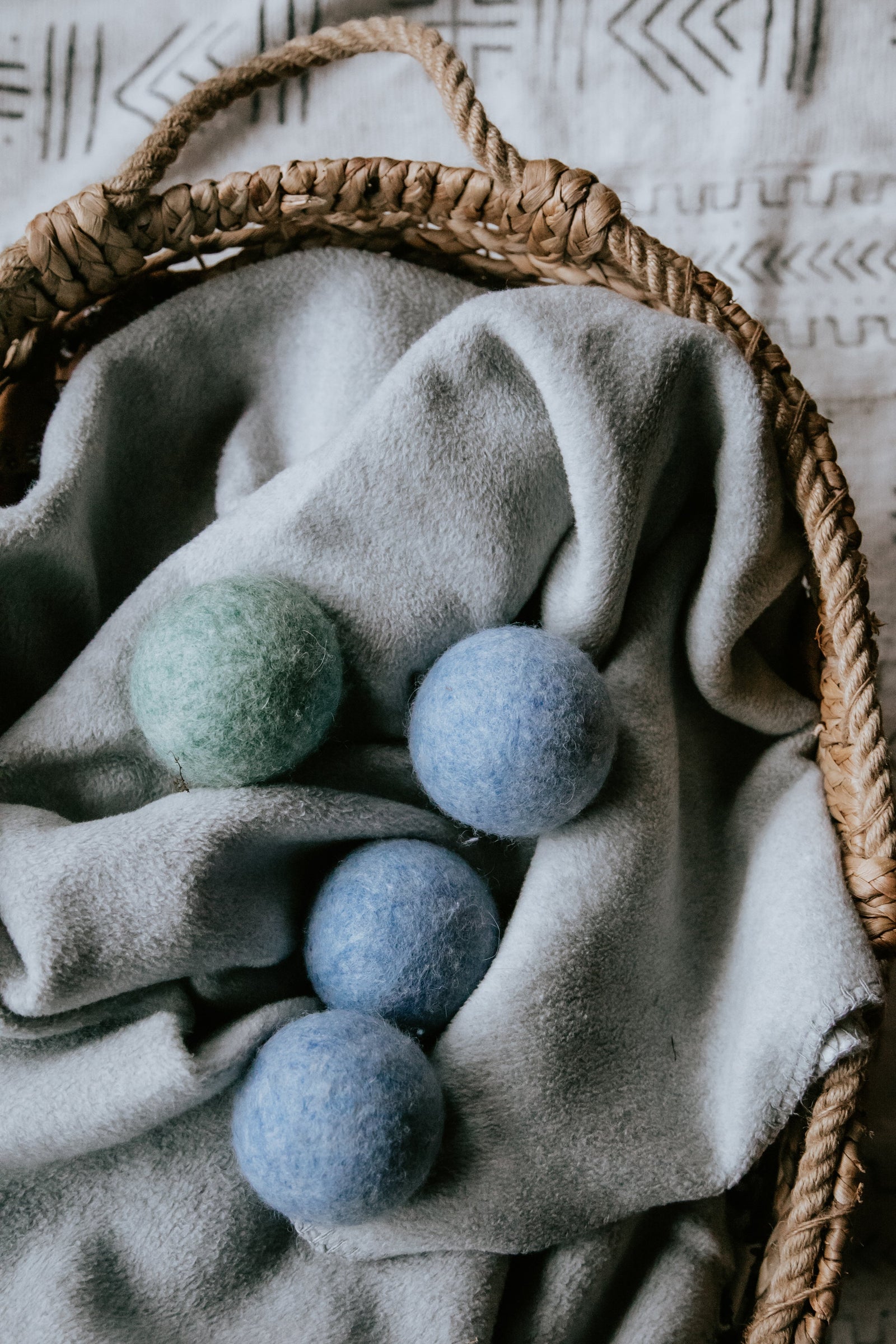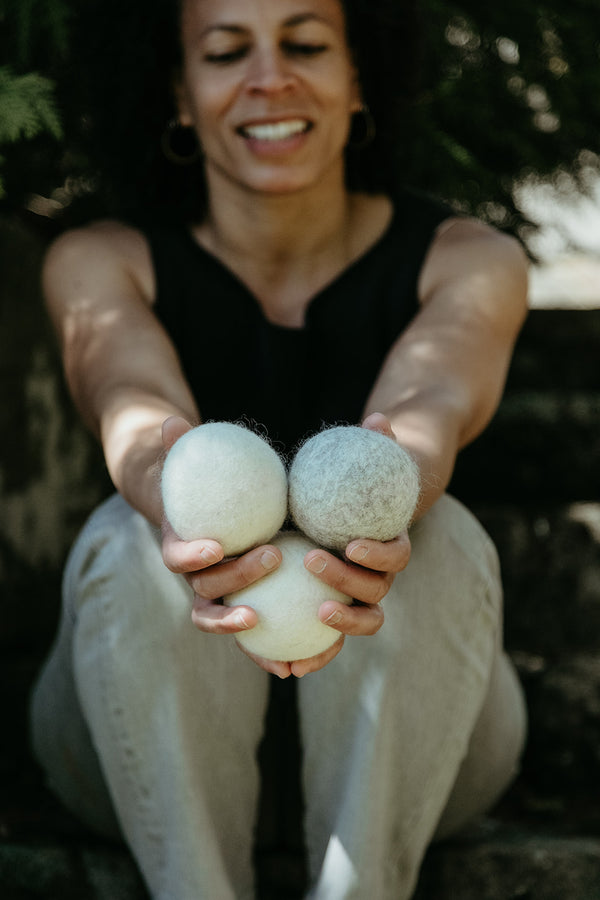Your Cart is Empty
Shop Our Anniversary Sale
Shop Our Anniversary Sale
Water Wise
October 20, 2025 3 min read

Let’s face it: The act of doing laundry can be harder than it has to be. Without the proper knowledge, whites can discolor and darks fade to gray. Knits can cinch up and elastic may stretch out, whittling down your wardrobe piece by piece.
Take linen, for example. Throw your favorite pair of pants in the washer and select the hot setting. Do you know what may happen? The fabric will likely shrink and its fibers loosen, leading to wear and tear even with a brand new garment.
Then there’s stains. Some think washing an item in cold is the answer, while others believe hot will do the trick. Everyone is correct, sort of. The type of stain determines the right temperature for your wash.
Hot water is considered around 120 to 130 degrees F; warm ranges from 86 to 100 degrees F; and cold runs between 60 and 80 degrees F. In general, warm water cleans most laundry effectively, hot water sanitizes and cold water saves energy and helps maintain color. In order for detergent or soap to do its job, water should be at least 80 degrees F.
Check out our guide to selecting the appropriate water temperature for your laundry.
EVERYDAY LAUNDRY
Warm water is a safe choice for the average load as it is gentle on most items—from towels and clothing to linens and denim—that are moderately soiled. While hot water tends to be harsher on fabrics, cold water doesn’t always clean effectively. Experts recommend washing towels on a long, hot cycle to eliminate body oils, makeup and skincare products and ensure towels stay fluffy and free of odors.
DARK FABRICS
Since dark and bright colors are more likely to fade, washing these items in cold water is your best bet to retain their rich hue. Also, hot water can cause the ink in darker fabrics to transfer to other fabrics, leaving your plain white T-shirt anything but bright.
NATURAL FABRICS
The general rule is to use cold water for items such as wool and animal fibers to avoid damage and prevent shrinking and felting.
DELICATES
A cold cycle not only saves energy, which reflect on the hot water bill, it also helps protect items from losing color and weakening fabrics typically used with delicates like lingerie and lace. It’s also a good idea to select the low spin cycle to avoid stretching.
COTTON
As long as the fabric can handle the heat, wash cottons in hot water, especially if the item is soiled, smells or needs to be disinfected, as is often the case with dish towels, cleaning cloths, athletic clothing and bath towels.
STAINS
While hot water is more aggressive in treating stains on synthetic fabrics such as spandex, polyester, rayon and nylon, cold water is preferred when it comes to natural fabrics like linen, cotton, silk, wool and bamboo. The type of stain, however, determines the appropriate temperature. Select hot water for stains caused by chocolate, tomato-based products, oil, grease and makeup as the higher temperature breaks down the stain, making it easier to lift from the fabric.
Cold water helps address yellowish, pinkish or brownish protein-based stains, such as egg, blood and other bodily fluids, though do be sure to pretreat these stubborn blemishes. A hydrogen peroxide and baking soda pre-soak mixture is an easy remedy but if you want to go all-natural, pick up one of our SoulShine Soap Co. Laundry Stain Sticks. Cold water alone works at getting common things like toothpaste out of soiled laundry, but coffee, berries, mud, grass stains and red wine should be pretreated by soaking the item in cold water and an enzyme detergent then putting the load through a warm cycle in the washer. If you’re shopping for an enzyme powder, look for the words “plant based” or “bio based” on the label, an organic alternative to toxic laundry detergents.
Remember, once the stain goes through the dryer, it’s highly unlikely you’ll be able to get it out despite a second wash. Above all, always check the label for specific manufacturer instructions before laundering any item.
Subscribe
Sign up to get the latest on sales, new releases and more …

Join the LooHoo Community
Sign Up Now to be the first to learn about new products, sales and giveaways.

